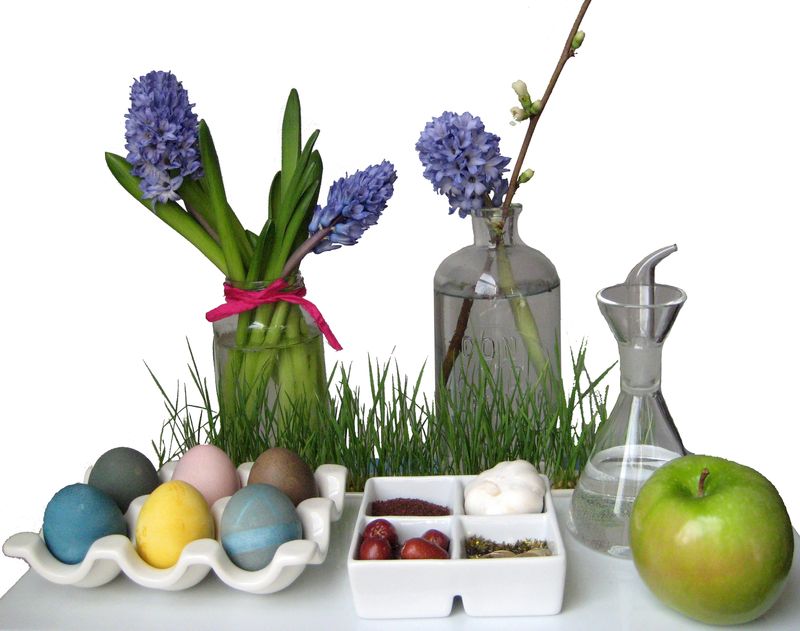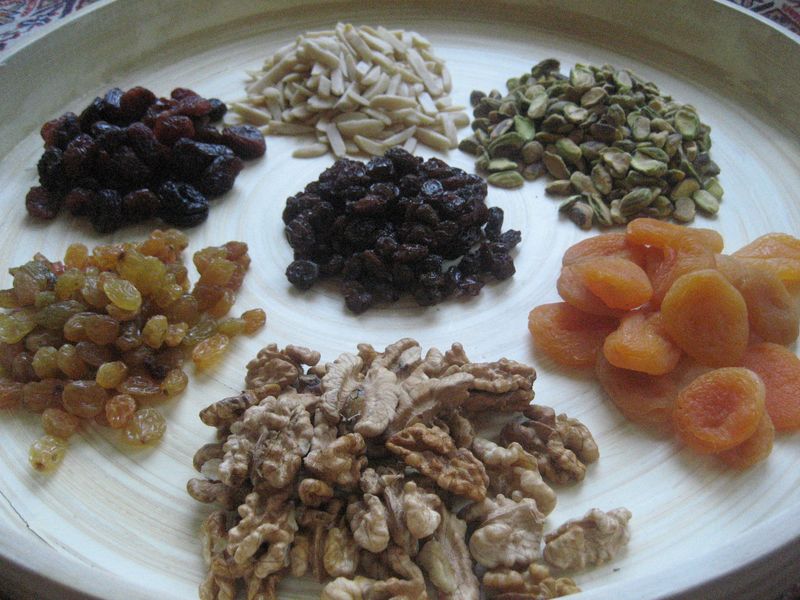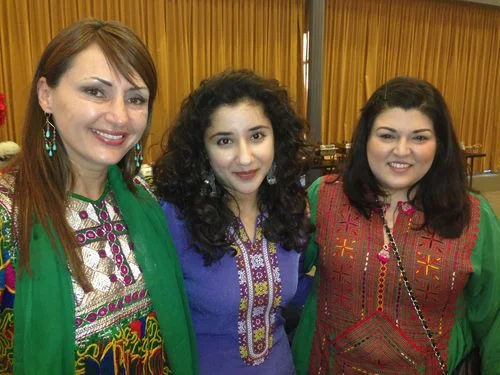Haft seen, meaning "Seven S's", items have symbolic meaning for a good year
A conversation with Afghan American Author, Ted speaker, Mom - Fariba Nawa
Nowroz is one of my favorite holidays. Every year we put out a Sofrah e Haft Seen.
Each of the items on the sofrah represent something about the New Year. They all begin with the Persian letter "seen," which is phonetic with s. For example, grass symbolizes rebirth and apple symbolizes health.
Haft Seen is not common in Kabul but in Herat, where I come from, many families lay it out. My daughters help put it together by painting eggs and collecting the grass. We have a goldfish we bought for the sofrah two years ago -- now it's very big, it has become our family pet.
We make a big deal out of Nowroz with gifts of books and clothes. We don't celebrate Christmas, so we make up for that by getting gifts for the girls and our extended family.
I usually make a big breakfast for the family. We read Hafiz and Rumi, classic poetry books, to the kids. Usually, my daughters have the entire day to play and run around. We dress in new clothes and welcome the New Year with a special dinner with our extended family.
Fariba and her family, Naeem, Fariba, Andisha (9 months) and Bonoo (4 years) in Palo Alto - 2012











